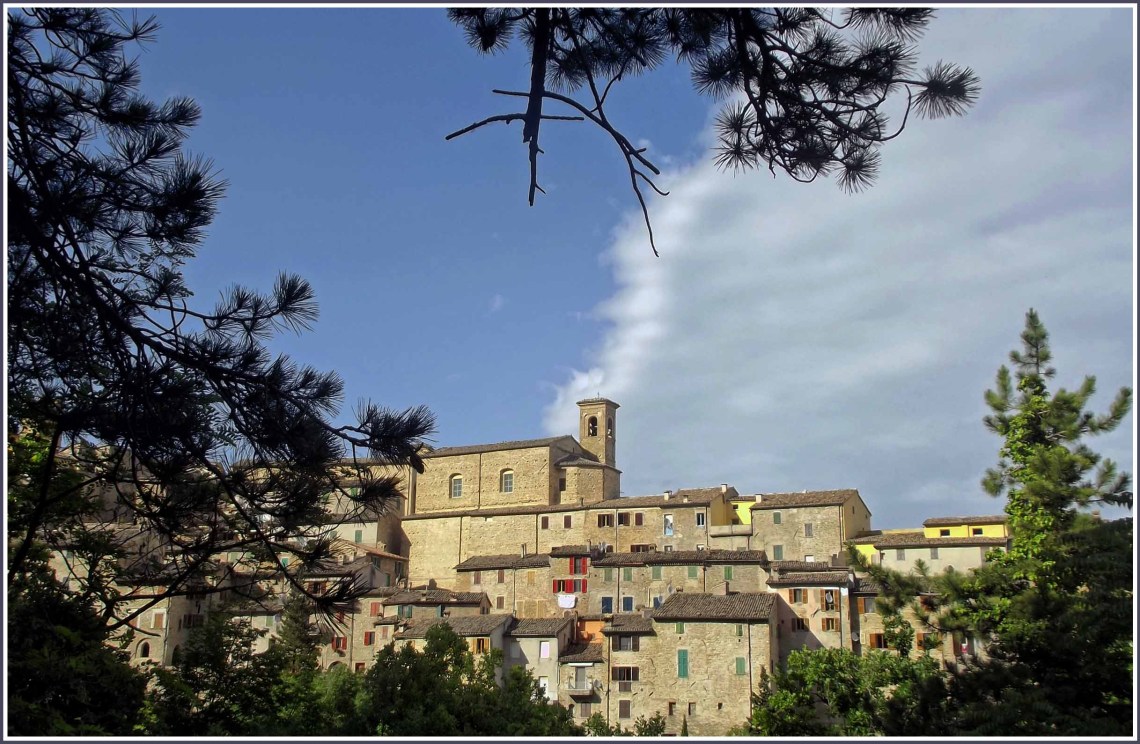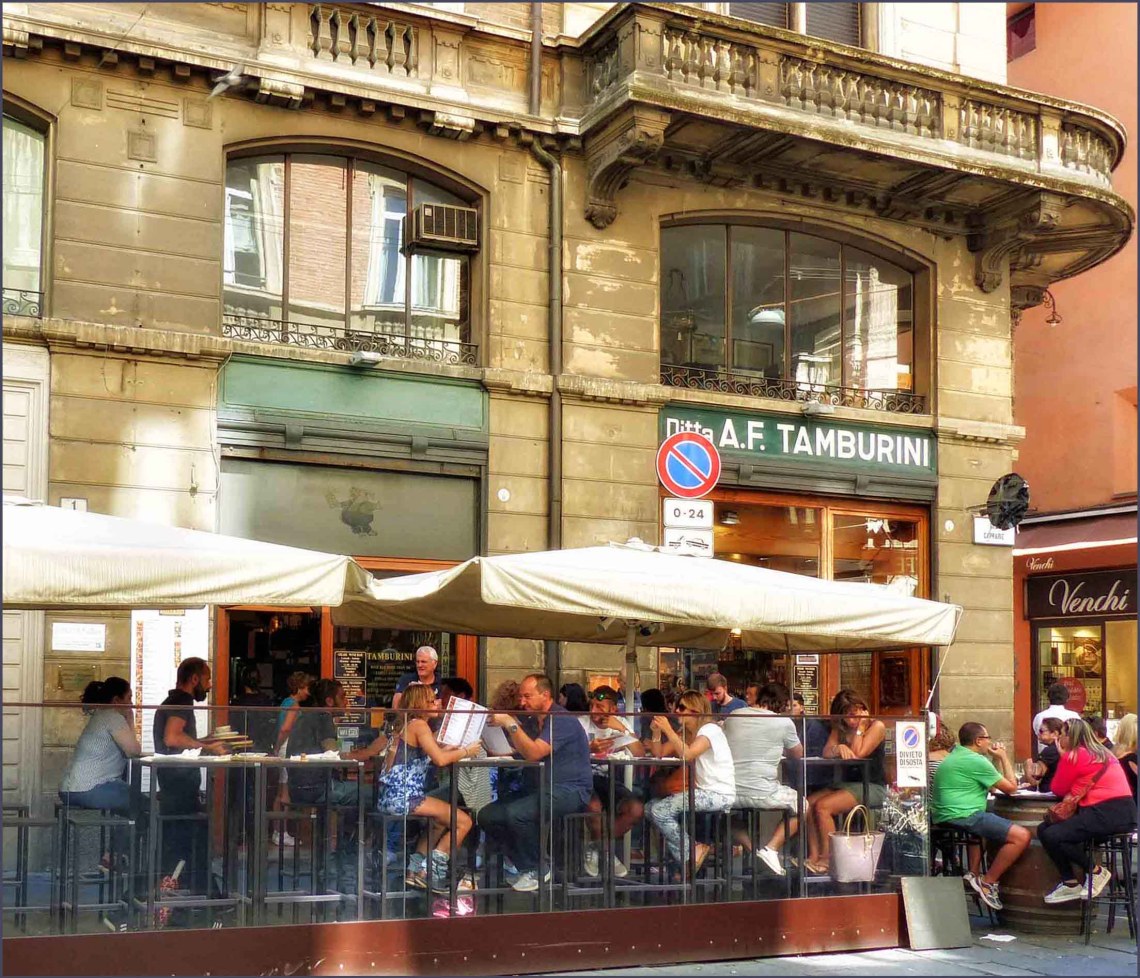As anyone who travels to cities, and/or lives in one, knows, the only way to get to know a city is to walk in it. And ideally to walk without purpose, or at least open to the serendipity of the unexpected. A quaint alleyway, an unusually decorated house, a small church tucked away from the main thoroughfare, a garden or tranquil square … Who knows what you might find?
-
-
The centre of Cagliari is divided into four districts. While Castello was traditionally the home of the city's nobles, neighbouring Stampace at the foot of the hill was home to its merchants.
-
There is something rather haunting about standing on a spot occupied by people millennia ago. Stone circles such as that of Stonehenge, the Treasury and other tombs of Petra, the pyramids and temples of Egypt …. Sardinia too offers just such an experience, or rather, 7,000 of them!
-
Cagliari is an ancient city, a city of hills and winding alleyways, of churches and old walls and stunning vistas. It is traditionally divided into four districts, of which Castello is the most historically significant. So where better to start our explorations on our first morning in the city?
-
While not exactly stormy, spring this year has definitely been wet and quite often cooler than normal. Yes, there have been odd days when it felt like winter was well behind us, with warm sunshine giving us all a lift. But within a couple of days the clouds had descended, the thermometer dropped, and the rain returned.
-
The Torre dell'Elefante was built in 1307 when Cagliari was under Pisan rule. It takes its name from the small carving of an elephant on a ledge part way up.
-
Sometimes little details can be as evocative as the complete picture, and perhaps never more so than when contemplating the past. Visiting the iconic sites of Herculaneum and Pompeii back in 2007 I found myself as intrigued by the small details of life in these cities as I was in the grand civic buildings.
-
My visit to Ancona was something of a happy accident. My friend and I were propelled here by convenience, but found an atmospheric old city worthy of a visit in its own right. The reason for our stay was simply that I had to catch a train to Milan the following morning and wanted to be near the station. A budget hotel just across the road made a convenient base for an early start, but we made sure we arrived in good time the previous day so that we could explore the city.
-
Imagine a small hill-top town, its old buildings ringed by a defensive wall. The wall is threaded through with covered passageways, known as copertelle. In the past these afforded the residents a safe route around the town even at times of attack. Today they repay exploration by visitors who want to absorb some of the unique atmosphere of this pretty town.
-
Not for nothing is Bologna known as ‘La Grassa’, the Fat One. A visit here is truly a foodie’s delight! The city has had the nickname since medieval times, indicating that it was already famous throughout Europe for its wonderful food and drink as far back as the 1300s.









